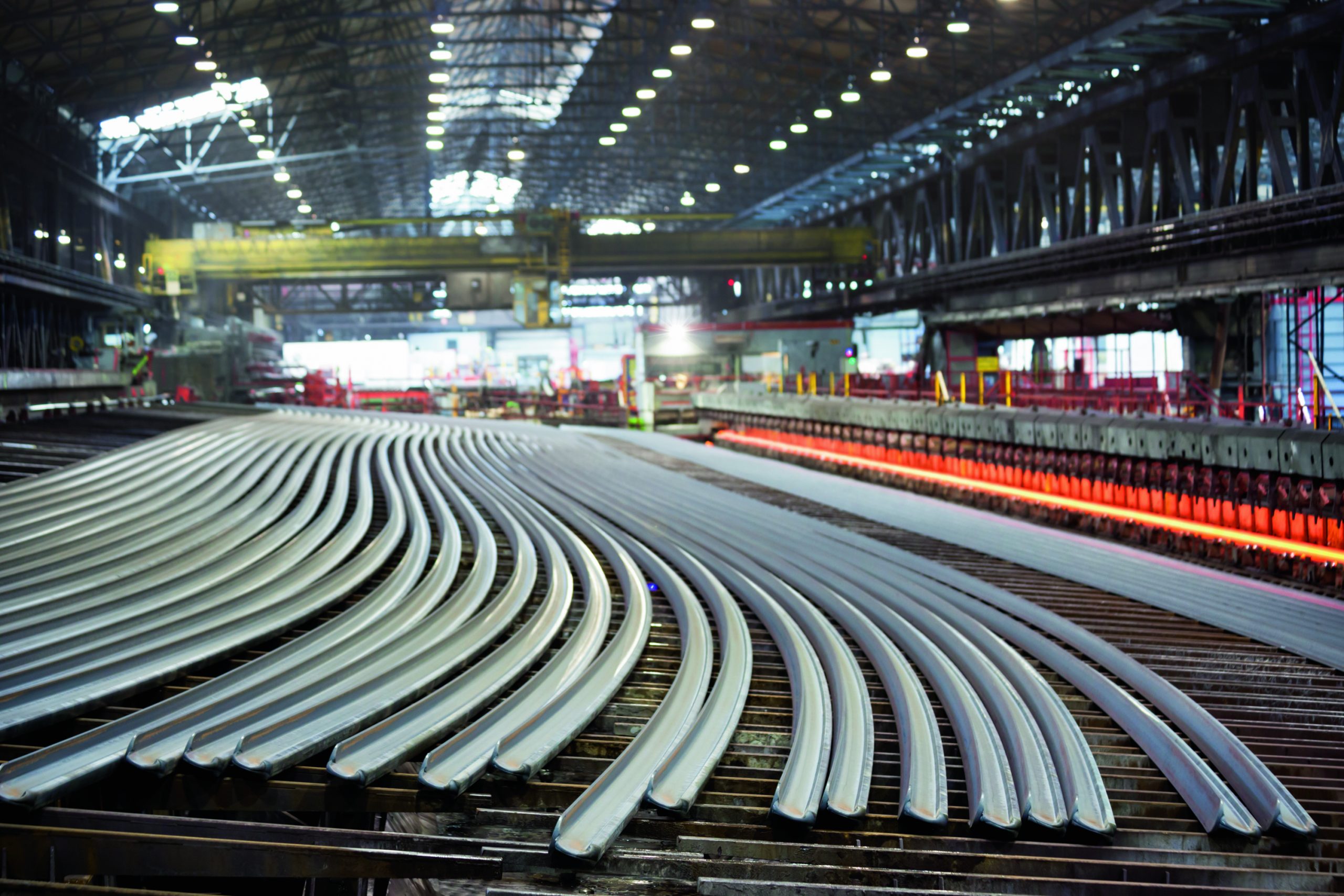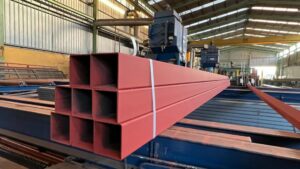The OECD Steel Committee plans to accelerate creation of a comprehensive database on government support to steel producers in large steel-producing economies, the committee said March 24.
Such subsidies and other support measures have led to distortions in steel trade flows and contributed to trade tensions, the OECD says.
OECD members have agreed to resume collecting subsidy data on the world’s largest steel-producing jurisdictions, including jurisdictions where recent data on increasing production has raised concerns about potential government support, the committee said in a March 24 statement.
State-owned enterprises, with their activities in domestic and international steel markets, are potentially creating market distortions, the committee said. Members now aim to better understand the market context of cross-border investments by SOEs and to shed light on the financing and support measures provided to them. The organization did not confirm which countries received subsidies and how much.
European countries have singled out Turkey and China as receiving state help for their steel mills. SOEs are an important component of the Chinese economy. It is not also clear if the OECD database includes state aid to help companies decarbonize. The European Union has outlined a well-publicized green deal to help companies achieve carbon neutrality by 2050 and is now working to put in place a carbon adjustment mechanism for imported steel products into the EU.
The OECD reiterated the importance and need for steelmaking capacity reductions, while supporting workers affected by plant closures. The latest available data from the OECD shows that global steelmaking capacity increased to 2.45 billion mt in 2020. In addition, the gap between global steelmaking capacity and crude steel production increased to 625.4 million mt in 2020.
The OECD committee underlined that a number of planned capacity increases are premised on expectations of strong increases in future demand, with many investments supported by governments and not driven by market considerations.
Analysts contacted by S&P Global Platts said overcapacity definitely exists but is not “felt by the market at the moment,” as there is a shortage of steel products in some areas, causing some prices to reach historical high levels.
On this point, an OECD spokesperson said: “Product prices have increased recently, but the extent to which they have differs across steel products and regions. Prices of key steelmaking raw materials have also increased sharply, which has worked to weaken average profit margins in the steel industry.
“Also important is to note that structural overcapacity remains very high in the industry, and needs to be addressed to promote longer-lasting stability and viability of the global steel market.”
The OECD Steel Committee met virtually March 18-19 and March 22-23. The committee has 25 members (Austria, Belgium, Canada, the Czech Republic, Finland, France, Germany, Hungary, Italy, Japan, Korea, Luxembourg, Mexico, the Netherlands, Poland, Portugal, the Slovak Republic, Slovenia, Spain, Sweden, Switzerland, Turkey, the UK, the US and the EU). In addition, five associates (Brazil, Kazakhstan, Romania, Russia and Ukraine) and seven participants (Argentina, Bulgaria, Egypt, India, Malaysia, South Africa and Taiwan) bring their perspectives to the committee’s work. A number of other economies also participate in some steel committee meetings as invitees.
— Annalisa Villa






